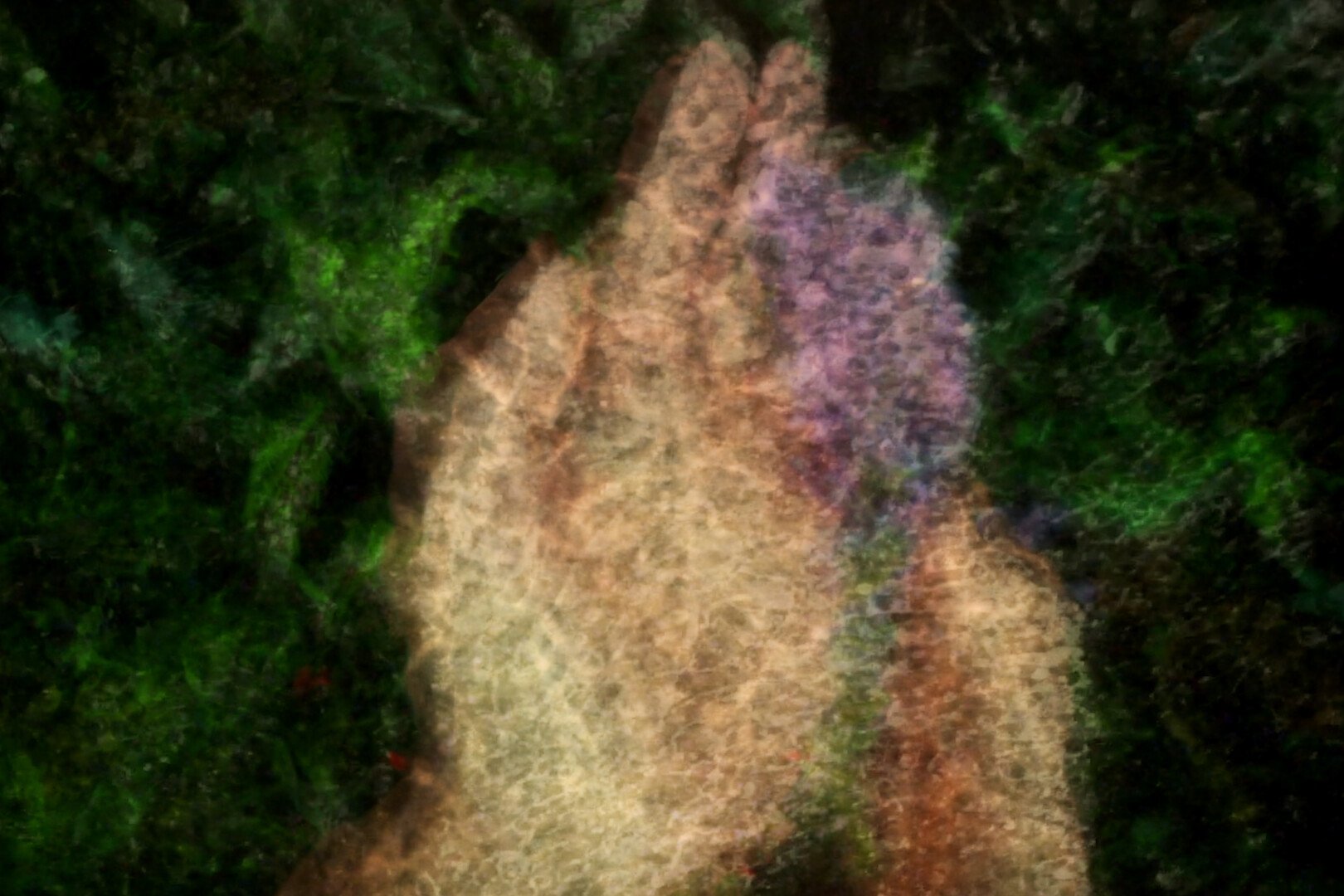
Best Experimental Short
Best Narrative Short
Best Original Concept
WINNER (2023)
Agnosia
Directed by James Autery (U.S.)
Interview with James Autery
Synopsis of Agnosia: Neva was born blind but has a surgery as a teenager to see for the first time. She finds the experience difficult and confusing but is guided by her surgeon and psychologist. She falls in love with color and slowly begins to engage with her new sense. Based on real case studies, Agnosia is a first-person visual interpretation of what it might seem like to see for the first time.
IAG: Your film is about a blind woman who gains sight—for the first time in her life—after a surgical procedure. Is this based on a real story? Is this type of surgery something that really exists?
JA: It's based on real case studies in history, primarily from the book Space and Sight by M. von Senden, which gives a detailed analysis of their doctors' studies and the patients' responses to the surgeries. There was a window in history, primarily from the 1800s to the early 1900s when cataract surgery first became widely adopted and refined, and patients who were born blind with extremely dense cataracts now had an opportunity to gain eyesight. The story in Agnosia is based on these cases and the dialogue is based on quotes from the patients and their doctors. The main character, Neva, is primarily based on a patient named Joan Getaz from Nebraska in 1928. The line, "I always thought that trees look like people" came from Joan, who was 18 at the time of her surgery. There are also new surgeries happening today in India and Africa in impoverished areas, and an interesting case was studied by Oliver Sacks in 1991 with an experimental surgery. I've read everything published on the subject and did my best to portray the impossible: what it would look like to see for the first time.
IAG: The entire film is shown from the POV of the woman as she learns to see. It’s a brilliant creative decision and it totally works. Was creating the movie with this perspective the idea from the very beginning? Did you consider a different approach?
JA: I knew this was the only approach for the film. I also knew it couldn't have any cuts within each scene or cutaways to seeing her. I wanted to express what it might be like having all of our learned visual filtering and categorizing stripped away–shape recognition, object recognition, facial expressions... everything. So I knew it had to be from the first person perspective to put the audience in her shoes, in her eyes, so that we could go through the learning process with her on how to use vision and understand it.
IAG: The look of the film is fascinating and also gorgeous. Technically speaking, how did you achieve that look?
JA: I spent a lot of time meditating on how a vision without understanding, agnosia, could be represented. The patients had an easy time learning colors, while shapes and object recognition often eluded them. Concepts of objects being obscured by other objects, spatial awareness, and hand-to-eye coordination were also difficult to make sense of and make use of. A lot of the congenitally blind also tend to have nystagmus, an involuntary vibration of eye movement, as well as amblyopia and other issues. I had no idea where to begin, so I started with boiling it down to one simple concept: vibrating splotches of color. When I lived in the woods in upstate New York, I spent a lot of time on walks with my cat. I was constantly on the lookout for the splotches of color. One autumn day on a walk, I saw in the distance a rippling creek reflecting all the yellows and oranges of the trees. The angle was just right, and there it was, splotches of pure, vibrating color. From this came the idea to project the footage onto rippling creek water at night and refilm the result. I layered these several times, like layers of a painting, until it felt right.
IAG: What’s your next project?
My next project is a film about a train hopper going from town to town meeting wild characters. It's mostly about meeting people who have wildly different lives, giving a slice of life from the viewpoint of someone passing through. This film will also be shot in the first person, this time filmed in 360 degrees to be projected in 360 for a single audience member in a spherical room. It will also be choose-your-own-adventure, allowing the audience to engage in the choices that the main character makes. The beginning will start on top of a freight train going 60 miles an hour and your first choice is to either jump to the next car or climb down the ladder. It will be full of easter eggs, like if you choose to steal a Walkman from a thrift store then you get a punk soundtrack while hopping trains. It will be largely unscripted, and the dialogue will come from nonactors playing themselves–a sort of blur between narrative and documentary.
IAG: Last but not least, what are three films that have inspired you?
JA: It's really difficult to narrow it down to just three–I label myself as a cinephile. One-take films, first-person POV films, hand-painted films, rotoscoped films, and the like may have been more of the fodder for Agnosia, but I wouldn't say they have been the biggest inspiration for me for storytelling. I'll go with Damnation directed by Béla Tarr, The Music Room by Satyajit Ray, and Queen of Diamonds by Nina Menkes. They're all a much different approach to filmmaking, but I aspire to their originality in voice and ability to take me out of my body into other worlds.
